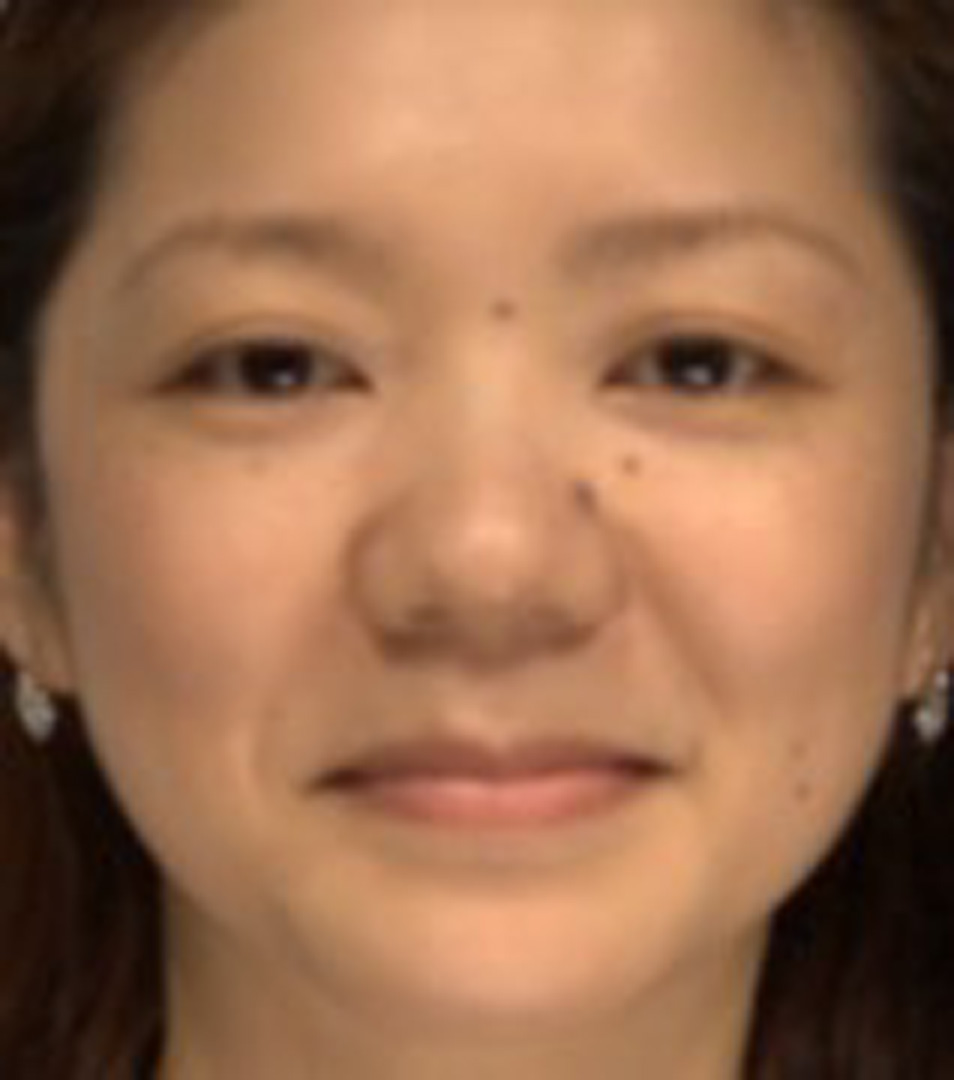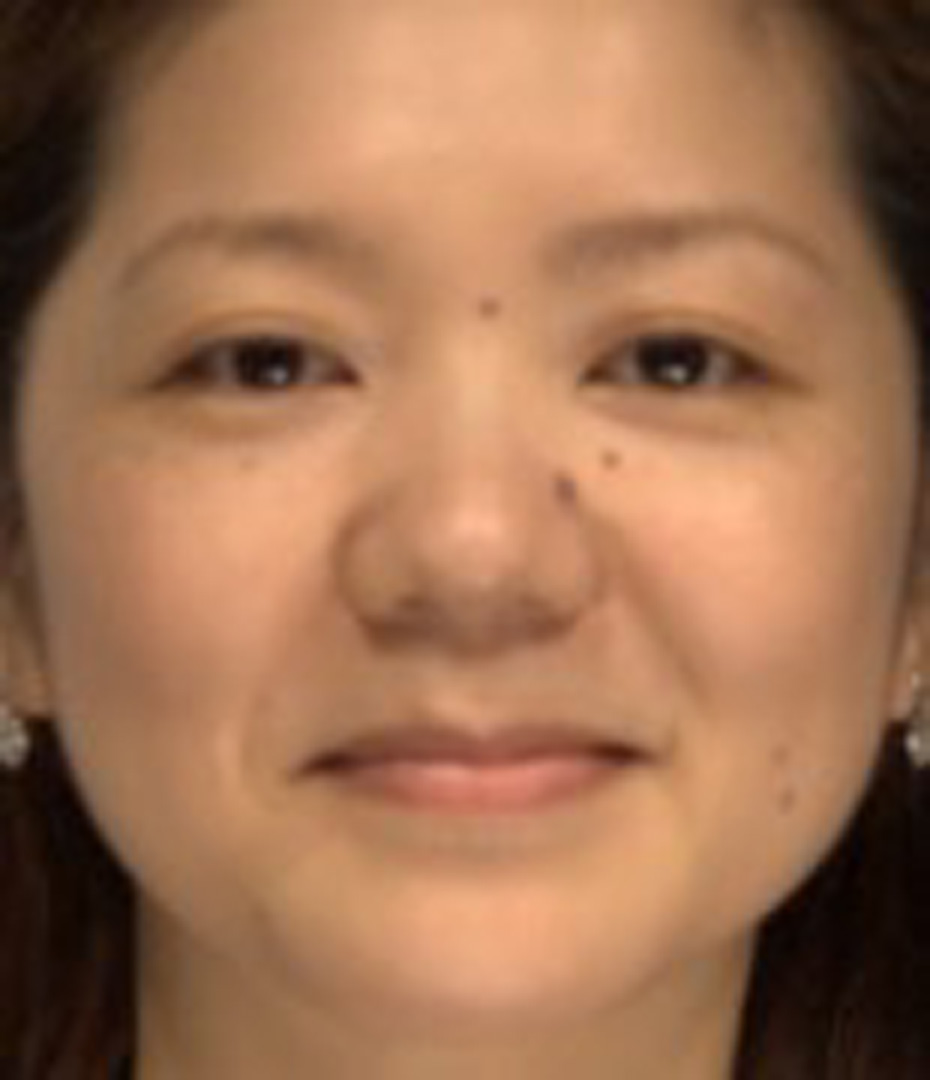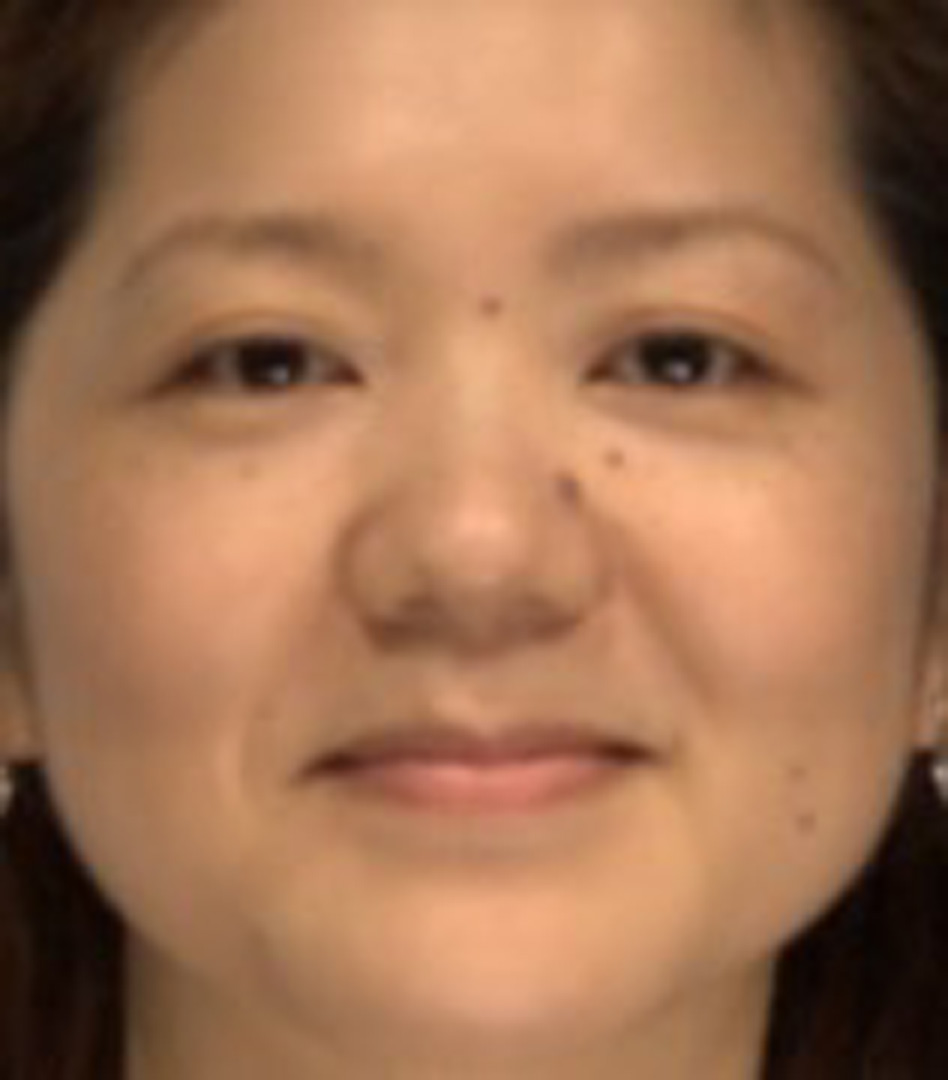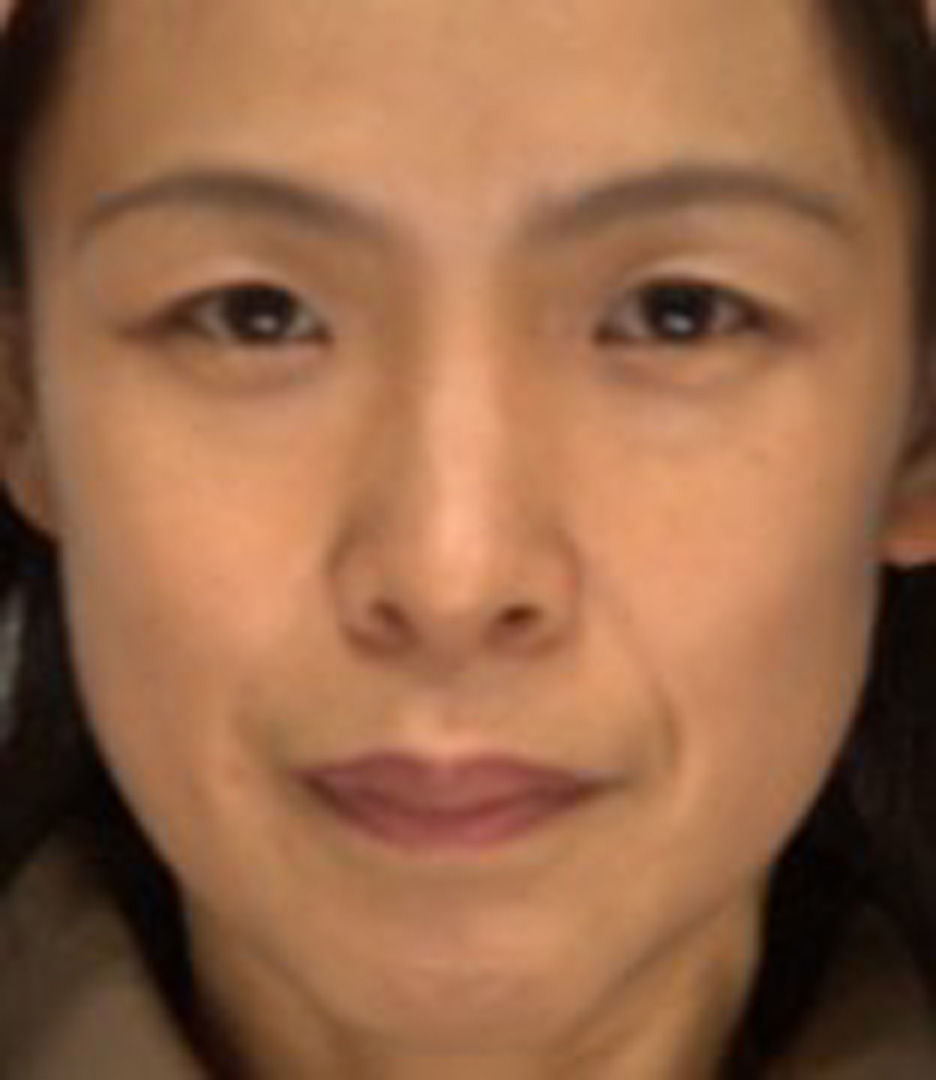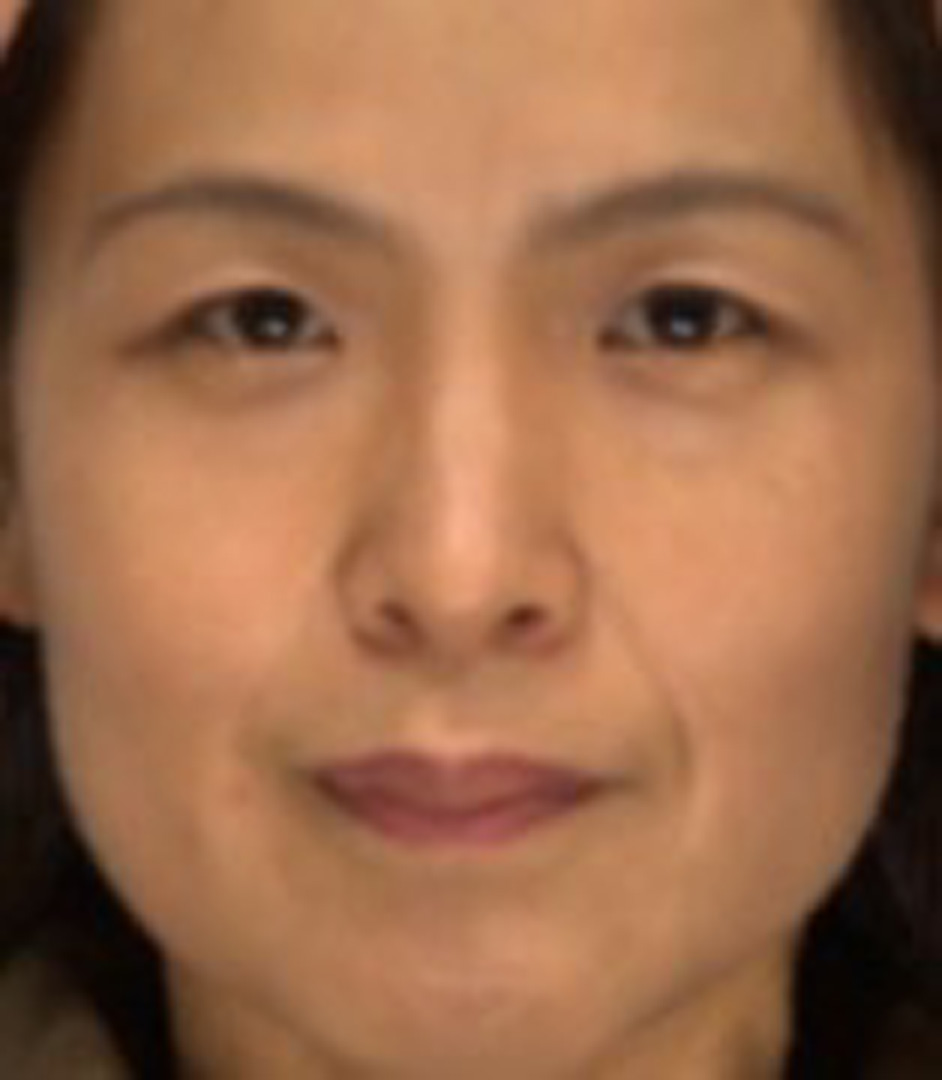“Facial Fattening and Slimming Simulation Considering Skull Structure” by Fujisaki, Kuwahara, Nakamura, Maejima, Yamashita, et al. …
Conference:
Type(s):
Entry Number: 46
Title:
- Facial Fattening and Slimming Simulation Considering Skull Structure
Presenter(s)/Author(s):
Abstract:
An accurate simulation of facial fattening or slimming is required in many areas, including beautification, health, and entertainment. [Blanz et al 1999] simulated facial fattening from a single image based on 3D morphable model. They fattened all faces in the same way considering only difference in facial surfaces; however, human face fattening depends on individual skull structure of the face. Further, without considering the skull structure, there is the possibility of deformed faces, for example facial surfaces penetrating into the underlying skull. Pei et al [2008] achieved accurate facial reconstruction that focused on the skull structure; i.e. the shapes of facial surfaces were determined primarily on the basis of skull structure. Therefore, considering skull structure is crucial for facial fattening.
In this paper, we propose a realistic facial fattening and slimming simulation method that uses a single frontal face image and is based on the skull structure of faces obtained from MRI images database. The advantages of our method are summarized as follows: reflects individuality based on the input’s skull structure; prevents the facial surface from unnatural deformation; i.e. penetration into the skull.
References:
- Blanz, V., and Vetter, T. 1999. A Morphable Model for the Synthesis of 3D Faces. In Proc. of ACM SIGGRAPH’99, pp.187–194.
- Irie, A., Takagiwa, M., Moriyama, K., and Yamashita, T. 2011. Improvements to Facial Contour Detection by Hierarchical Fitting and Regression. 1st ACPR, pp. 273–277.
- Kniss, J., Kindlmann, G., and Hansen, C. 2002. Multidimensional Transfer Functions for Interactive Volume Rendering. In IEEE Trans. on Vis. Comput. Graph., 8(3), pp. 270–285.
- Pei, Y., Zha, H., and Yuan, Z. 2008. The Craniofacial Reconstruction from the Local Structural Diversity of Skulls. Computer Graphics Forum 2008, 27(7), 1711–8.
Additional Images:

